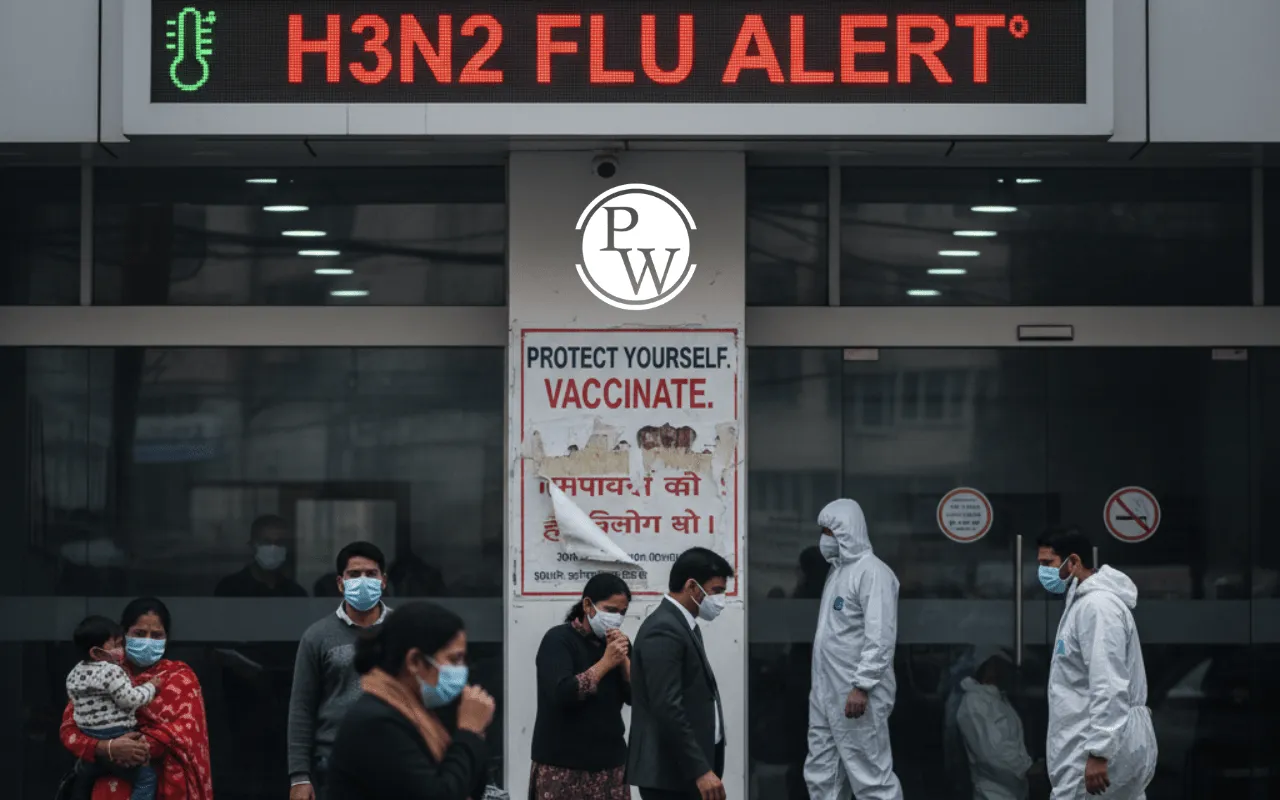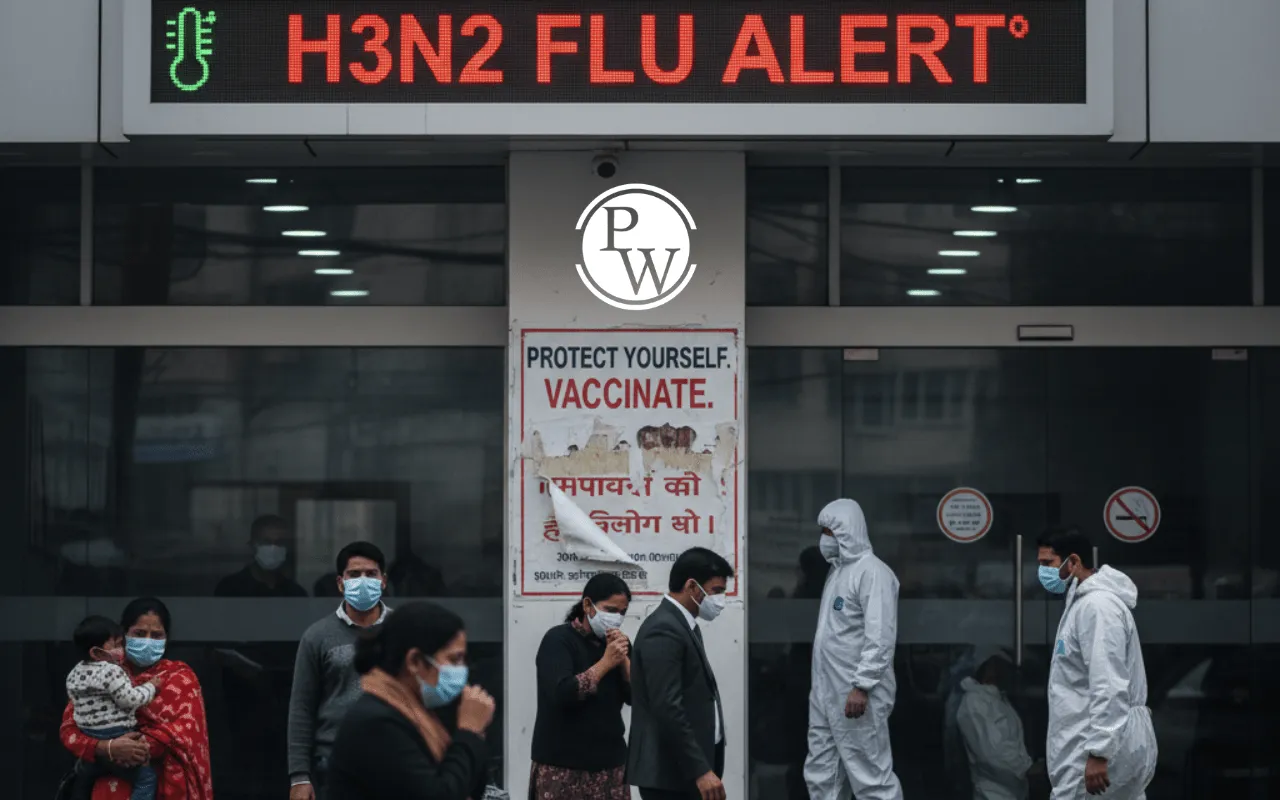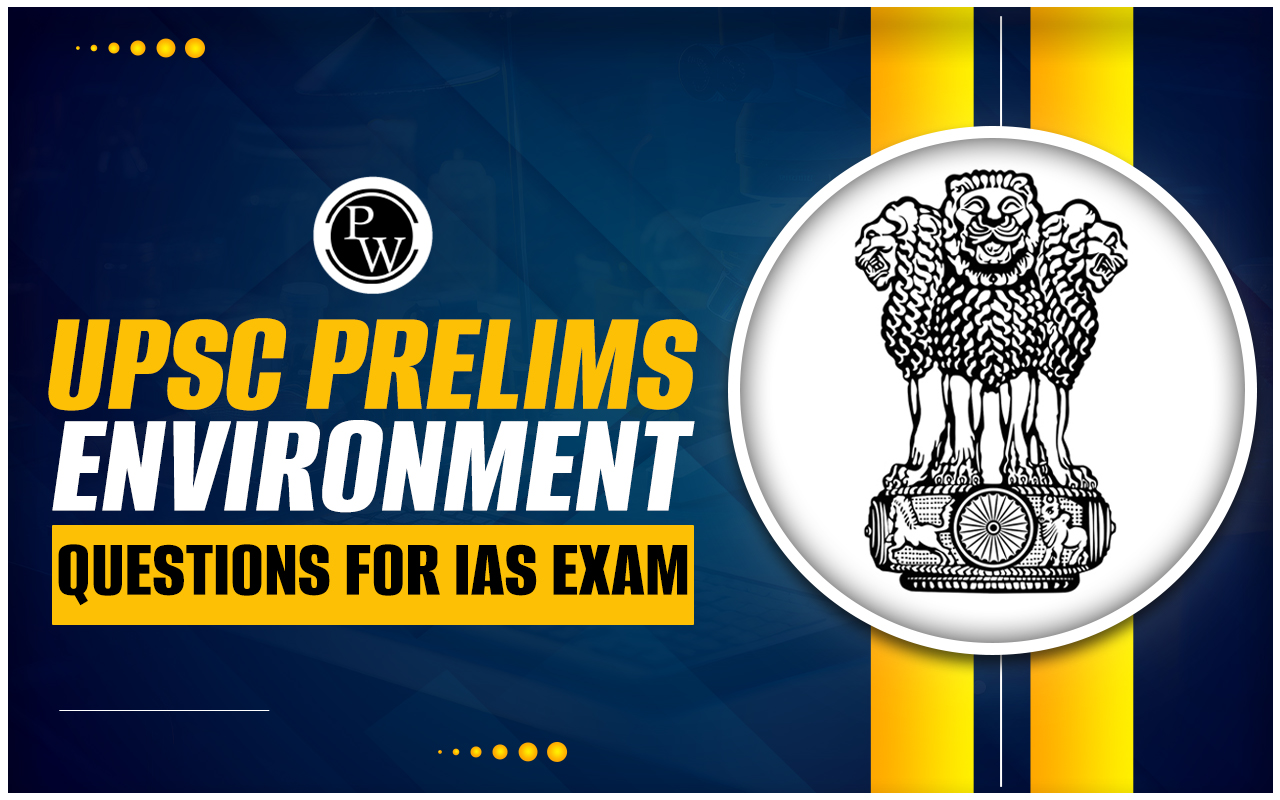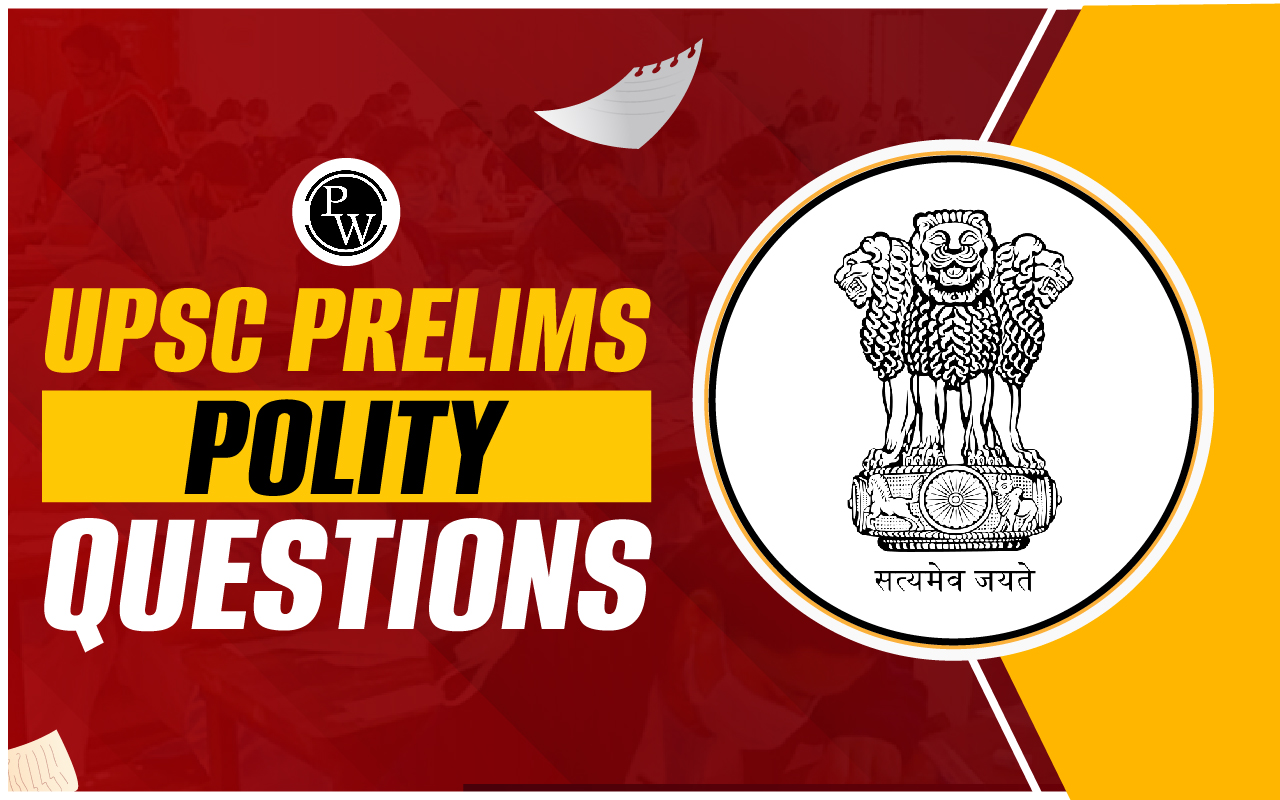

H3N2 Flu in Delhi NCR: NCER (Delhi National Capital Region) is now witnessing a sharp rise in H3N2 flu infections, with hospitals reporting a steady increase in patients showing prolonged and severe flu-like symptoms. Unlike common seasonal flu, the H3N2 strain is leading to extended illness and higher risks of complications such as bronchitis and pneumonia, especially among vulnerable groups.
What is H3N2 Virus?
H3N2 is a subtype of Influenza-A virus, responsible for seasonal outbreaks in humans, and it spreads mainly through respiratory droplets when an infected person coughs, sneezes, or talks, and can also spread via contaminated surfaces. H3N2 has a tendency to cause more severe illness than the common flu, with recovery often taking longer than 10 days.
Classification of H3N2 Virus
Classification of H3N2 Virus is as follows;
|
Particulars |
Details |
|
Family |
Orthomyxoviridae |
|
Genus |
Alphainfluenzavirus |
|
Species |
Influenza virus |
|
Subtype |
Influenza A virus subtype H3N2 |
This subtype of influenza is one of the two influenza strains (alongside H1N1, commonly known as- Swine flu) that commonly circulate in humans and contribute to annual flu seasons worldwide.
Why the Spike in Delhi-NCR?
H3N2 Influenza’s sudden increase in H3N2 infections is being attributed to a mix of post-monsoon weather changes, fluctuating temperatures, and increased outdoor activities. These conditions have created an environment favorable for rapid H3N2 Influenza transmission.
H3N2 Influenza Symptoms
While early detection is key, patients often confuse H3N2 with the common cold. However, the following symptoms indicate possible complications and should not be ignored:
-
Persistent Dry or Wet Cough – lasting more than a week.
-
Breathing Difficulties – wheezing, shortness of breath, or chest tightness.
-
Prolonged Fever – fever that continues beyond the typical seasonal flu duration.
-
Body Ache and Fatigue – extreme tiredness and muscle pain.
-
Signs of Bronchitis or Pneumonia – worsening cough, high fever, and chest congestion.
If these H3N2 Influenza Symptoms persist, immediate medical attention is necessary, especially for children, the elderly, and those with pre-existing health conditions.
Types of Influenza Viruses
To better understand H3N2, it helps to know how influenza viruses are classified:
-
Influenza A: Causes seasonal epidemics and global pandemics. Subtypes include H1N1 and H3N2.
-
Influenza B: Leads to seasonal flu but not pandemics.
-
Influenza C: Usually causes mild illness and is not epidemic in nature.
-
Influenza D: Primarily affects cattle and is not known to infect humans.
Among these, Influenza A (H3N2 and H1N1) is most commonly associated with severe outbreaks.
Conclusion
The rise of H3N2 flu infections in Delhi-NCR is a reminder of the need for caution during seasonal transitions. People should not dismiss persistent cough, prolonged fever, or breathing troubles as minor seasonal issues. Early diagnosis and treatment can prevent complications and protect high-risk groups from severe illness.
Ready to boost your UPSC 2026 preparation? Join PW's UPSC online courses today!
FAQs on H3N2 Influenza
What is Influenza?
What is H3N2 influenza?
What are the types of influenza viruses?
How does influenza spread?
Who is most vulnerable to influenza complications?













